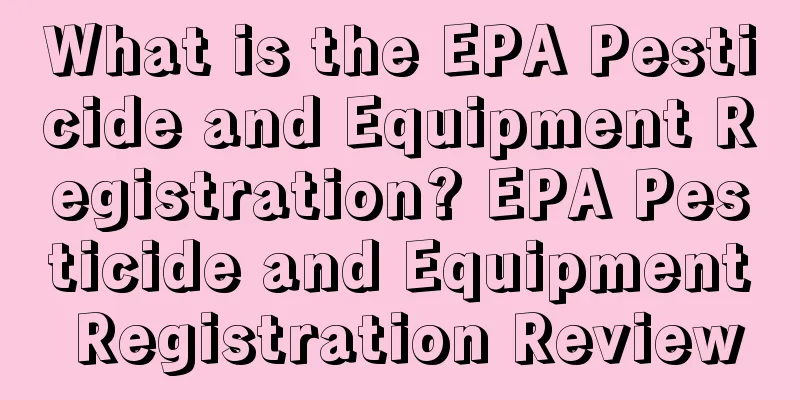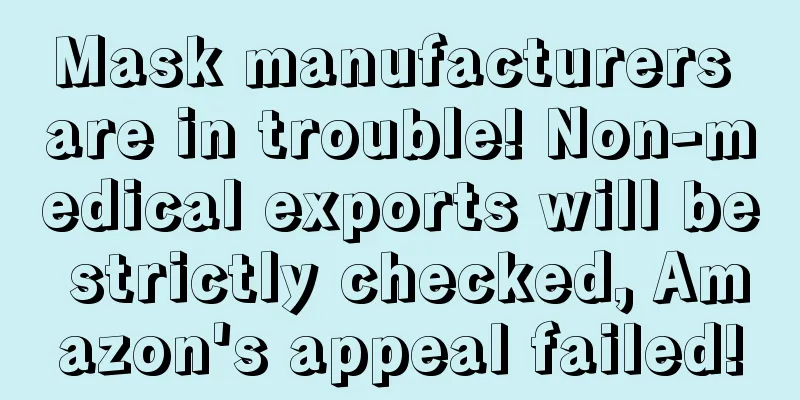What is the EPA Pesticide and Equipment Registration? EPA Pesticide and Equipment Registration Review

|
The Environmental Protection Agency (EPA) is a functional department of the U.S. government, mainly responsible for environmental protection, including the protection of air quality, water, soil, animals and plants. The use of insecticides, antibacterials, pesticides and other products will inevitably have an impact on the environment (including water, soil, animals and plants, etc.). In order to reduce harm to the environment, the EPA has formulated the FIFRA Act (The Federal Insecticide, Fungicide and Rodenticide Act) to manage such products. The executive agency for pesticide products is the EPA's OPP (Office of Pesticide Program). Category Compliance OPP control scope: 1. Devices: Products without chemically active ingredients that kill and repel pests through physical means, such as mosquito killers, mosquito repellent lamps, water purifiers, ultrasonic mouse repellers, various disinfectors, and sterilizers 2. Non-device type: kills and inhibits pests and fungi through chemical substances, generally divided into traditional chemical pesticides, biological pesticides and antibacterial agents. l Traditional chemical pesticides: active ingredients are generally produced in synthetic form, or synthetic chemicals, mainly used to prevent, reduce, eliminate or repel pests; or plant growth regulators, desiccants, defoliants or nitrogen stabilizers. l Biopesticides: Certain types of pesticides extracted from natural materials can be called biopesticides, such as substances extracted from animals, plants, bacteria and certain minerals. Biopesticides are generally divided into three categories: biochemical, microbial, and plant-incorporated protective agents (PIP). l Antimicrobial pesticides: Claims to control microorganisms that threaten human health, including but not limited to microorganisms that are infectious to humans in an inanimate environment. Such as disinfectants, sterilizers, fungicides, and microbial water purifiers. For products with labels claiming to control microorganisms of economic or aesthetic significance, where the presence of microorganisms does not usually cause human infection or disease, EPA classifies such products as non-public health antimicrobial products. Registration Process: l According to the FIFRA Act, companies that distribute and sell products in the United States need to apply for a Company No., and factories that produce and repack need to apply for an Establishment No. The company needs to be associated with at least one Est. No. and complete EPA registration, including annual reports. For non-device pesticides, such products also need to apply for EPA's Register No. If the product contains a new active substance, the active substance also needs to complete the corresponding registration, and the corresponding research report and test data need to be submitted. For active substances that have already been registered, the applicant can cite the data of other companies to complete the product registration when applying. |
<<: What is Zoodel? Zoodel Review
>>: What is Chewy? Chewy Review
Recommend
Critical hit! Amazon announced an increase in FBA delivery fees, effective January 18!
▶ Video account attention cross-border navigation ...
Amazon Live, a new cross-border traffic channel, sees a surge in sales conversions
Amazon launched live shopping in 2016. On Amazon l...
Amazon product operation model
1. Distribution Model "Distribution of goods&...
What is HaoFang? HaoFang Review
Hofang Group is China's largest cross-border B...
What is Farrell 3suisses? Farrell 3suisses Review
3suisses is a well-known French B2C e-commerce com...
Made in China is under fire again, with all products removed from Amazon shelves
Recently, Amazon has removed some Chinese-made pro...
The most practical product photography guide, covering all the major platform techniques
Product photography is the most important part of...
What is Imgur? Imgur Review
Imgur is a free image sharing website founded in 2...
How to estimate Amazon product sales
In the product selection process, it is very nece...
What is Amazon Lending? Amazon Lending Review
Amazon Lending, also known as Amazon Lending, is a...
What is Huanxun Payment? Huanxun Payment Review
Huanxun Payment is a pioneer in the domestic third...
Do you know what the Amazon Content Creator Program is?
text Recently, I wonder if any sellers have disco...
Firework provides live shopping capabilities for Walmart! Launch of Walmart Connect!
Walmart has signed a deal with Firework to launch ...
What is VanTop? VanTop Review
VanTop Technology was founded in September 2017. I...
Amazon encounters a collective strike! FBA timeliness is delayed
Yesterday we just finished talking about the epid...
![[Must-read] Amazon tools that can improve work efficiency!](/upload/images/67e7484dcfb76.webp)








